Leaders of China, Russia, and North Korea gathered in Beijing for a military parade commemorating the 80th anniversary of Japan’s World War II surrender. This event showcased their strengthening alliance, dubbed the “Axis of Upheaval,” which also includes Iran, amidst escalating tensions from the ongoing Ukraine conflict. The gathering, attended by over 20 international leaders, emphasized a unified military front, raising alarm among U.S. policymakers regarding its strategic implications.
The presence of Chinese President Xi Jinping, Russian President Vladimir Putin, and North Korean leader Kim Jong-un at this event illustrated their growing cooperation, a development that has increasingly concerned advisers to President Trump. They fear the possible geopolitical ramifications of this consolidated opposition. In reaction, President Trump lauded the parade as a “beautiful ceremony” but expressed disappointment over the lack of U.S. acknowledgment during the proceedings. He highlighted the showcasing of advanced Chinese weaponry and raised concerns about potential conspiracies against the United States.
This convergence of adversaries signifies a pivotal moment in international relations, underscoring the shifting dynamics of global power. The deepening ties among China, Russia, North Korea, and Iran pose complex challenges—militarily, economically, and diplomatically—for U.S. interests. As these nations enhance their collaboration, the United States must reassess its foreign policy strategies to effectively address this evolving geopolitical landscape. The event reflects a multi-dimensional challenge that demands attention from U.S. leaders in light of the rapidly changing global order.
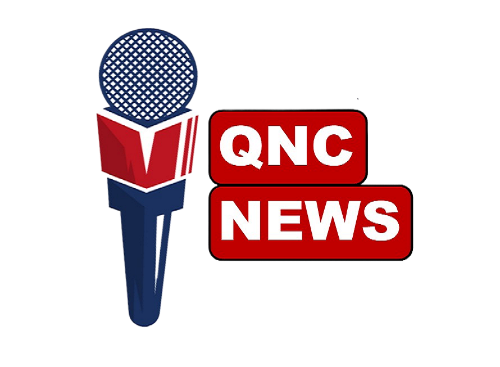
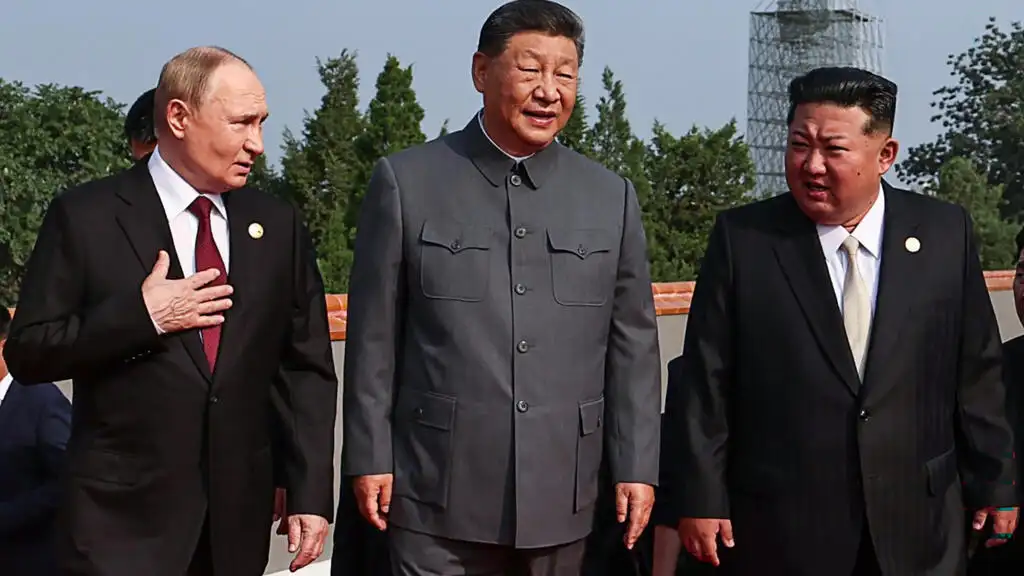
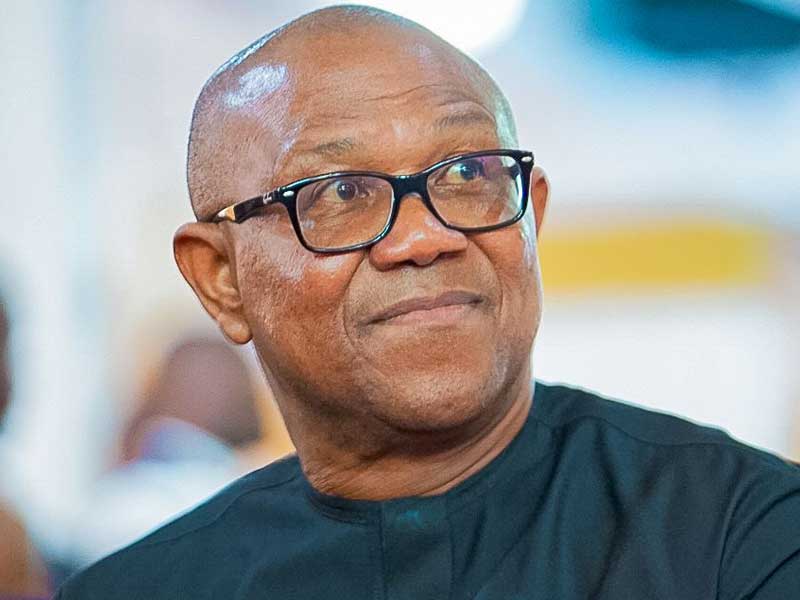


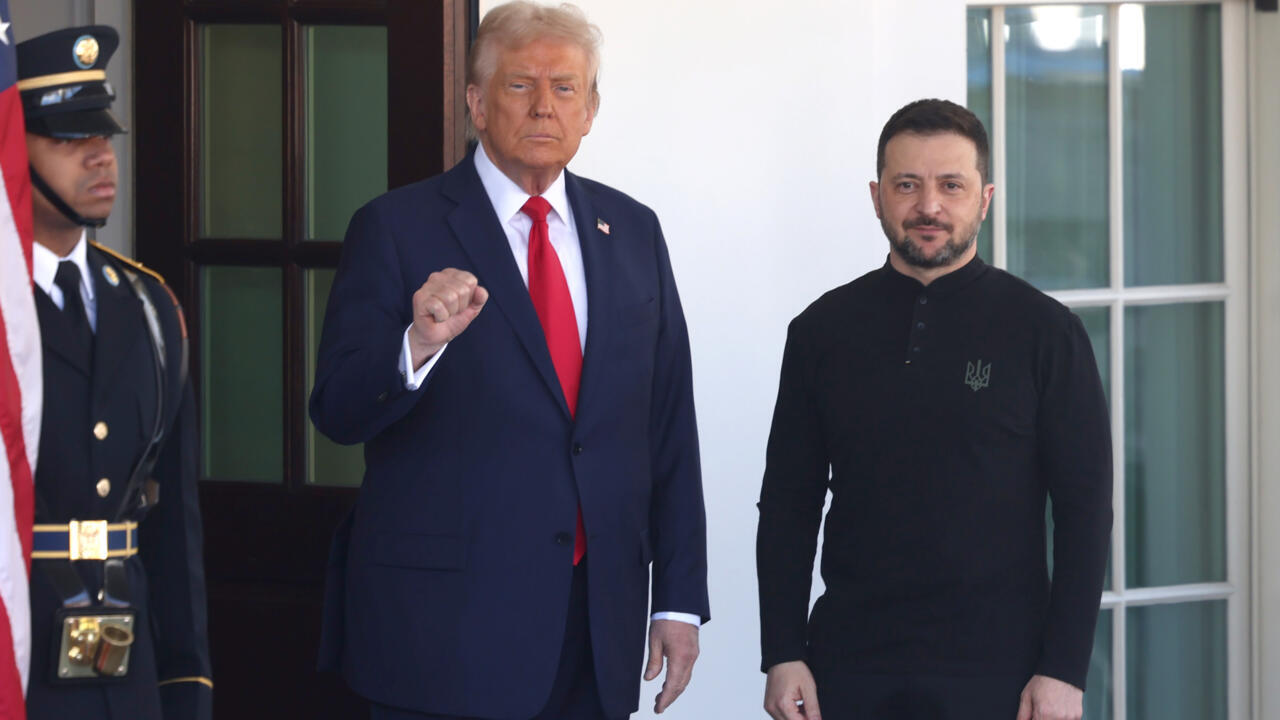

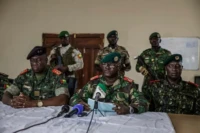

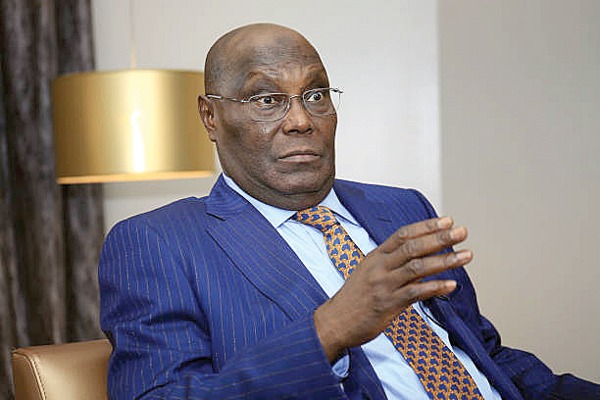
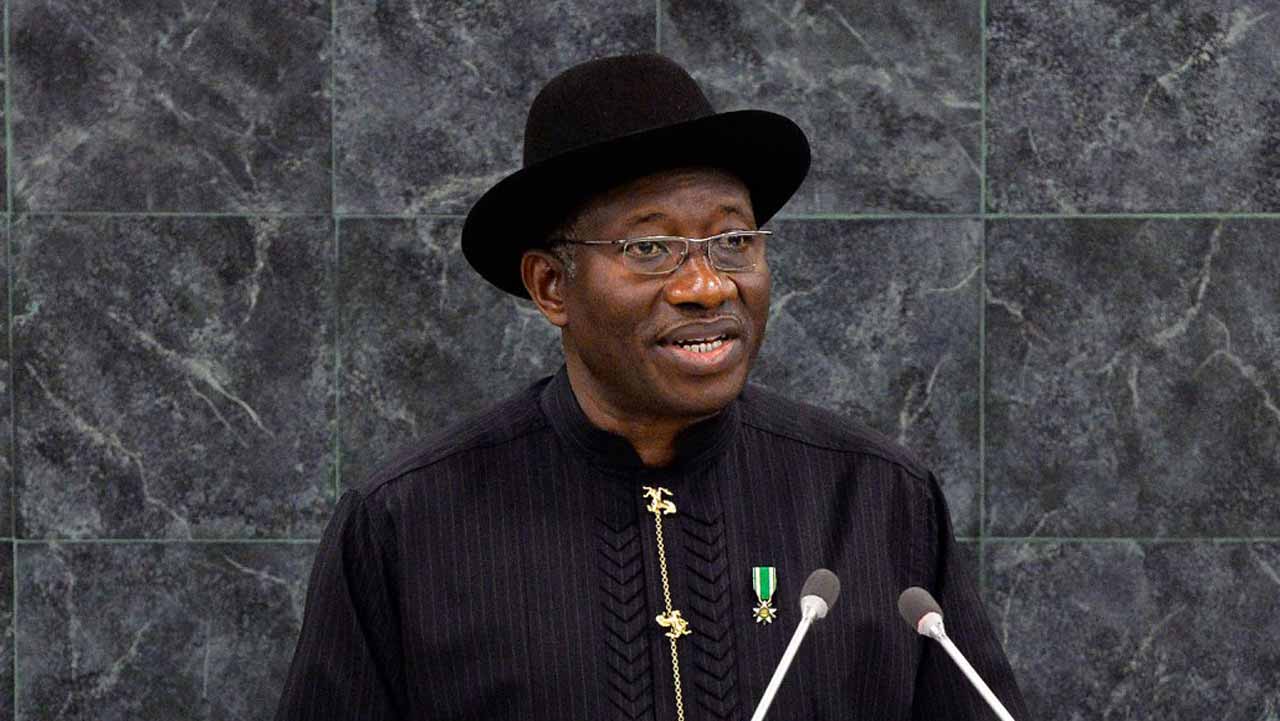
Leave a comment